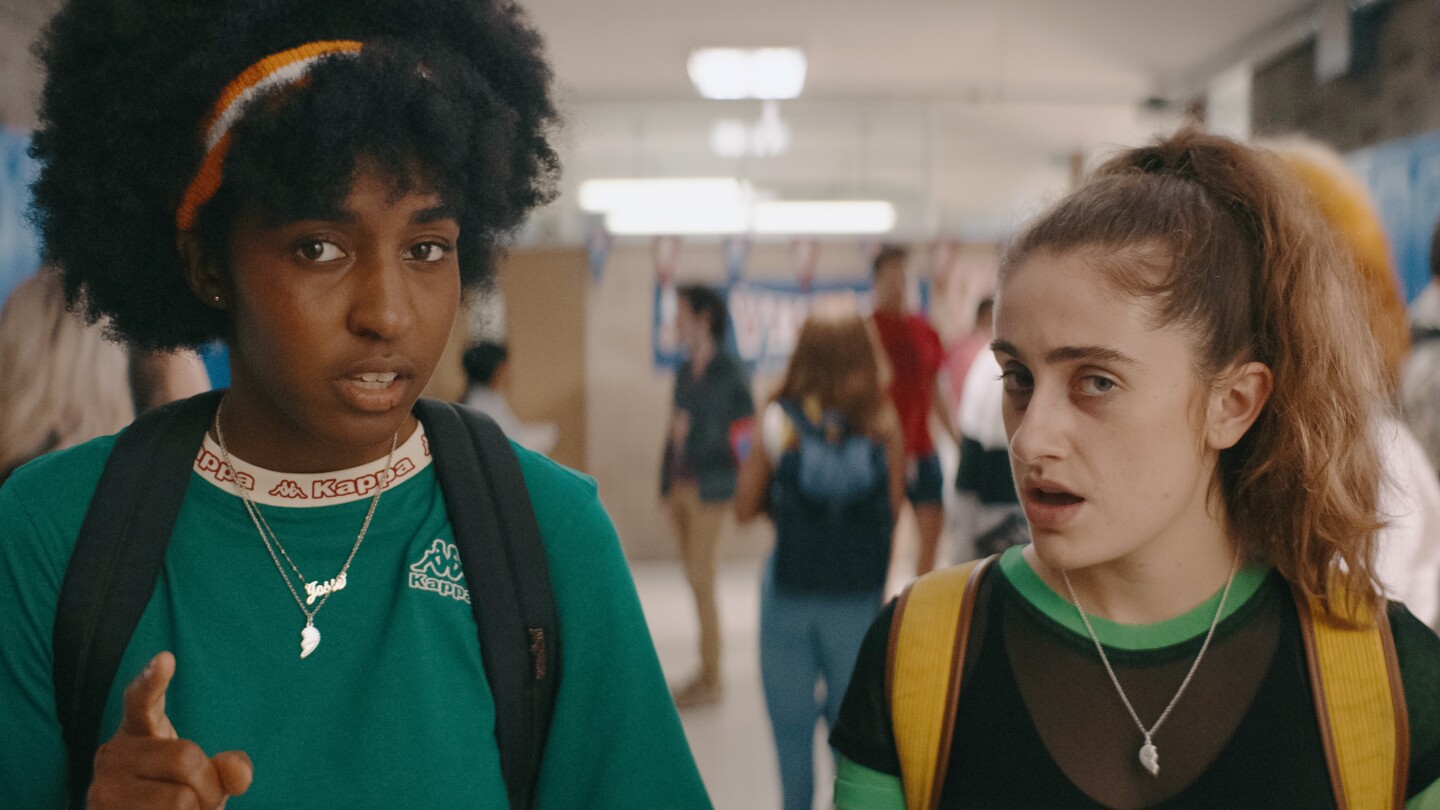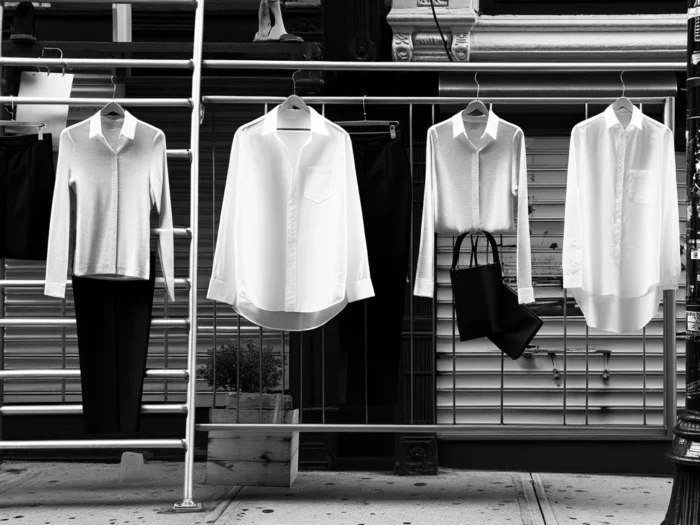Bottoms, directed by the astute Emma Seligman, plummets into the riotous realm of high school with a giddy, irreverent energy. It’s a film that’s as rebellious as its central duo, PJ and Josie, who embroil themselves in an audacious plan to gain status and romantic attention by starting an underground fight club.
Seligman, fresh from her indie triumph with Shiva Baby, teams up yet again with Rachel Sennott, who brings PJ to life with a deadpan wit. Alongside her is Ayo Edebiri’s Josie, who complements with a pragmatic zeal. Together, they navigate the anarchic ecosystem of high school with a plan so ludicrous it might just work. Their strategy: to start a fight club disguised as a self-defense workshop, aiming to woo the school’s cheerleading stars.
The movie pulsates with a youthful fervor, and its portrayal of high school life is tinted with the kind of comedic absurdity that can only stem from the most chaotic years of one’s life. Seligman crafts a narrative that is at once a satire and a heartfelt exploration of friendship and identity. The film flips the script on the traditional teen comedy, injecting it with a queer perspective that’s both refreshing and riotously funny.
The humor in Bottoms is a concoction of slapstick, sharp satire, and biting repartee that skewers the high school experience while simultaneously embracing it. It’s a film that’s aware of its genre’s clichés and plays with them to great effect, without ever feeling derivative.
Bottoms is as much about the absurdity of its premise as it is about the journey of its characters. PJ and Josie’s escapades are a backdrop to their growth, their quest for love, and their grappling with identity. Seligman doesn’t just use humor to entertain; she uses it to dissect the tribulations of adolescence, the complexities of queer identity, and the beauty of flawed ambition.
Visually, the film is an homage to the rich tradition of high school comedies, but with a distinct twist that’s all Seligman’s own. The director takes cues from classics like Mean Girls and Heathers, and blends them with a contemporary sensibility that’s unafraid to push boundaries.

The performances are a high point, with Sennott and Edebiri displaying a remarkable chemistry that anchors the film. Their dialogue zips and zings with authenticity, and their comic timing is impeccable. It’s through their performances that the film’s heart beats loudest, capturing the dizzying highs and lows of teenage life.
While Bottoms has its share of imperfections, its audacity and sheer comedic bravado make it a standout. It’s a film that knows how to laugh at itself, and in doing so, it invites the audience to join in the revelry. It’s a messy, chaotic, and utterly delightful romp through the trials and tribulations of high school, seen through a lens that is both critical and loving.
In summary, Bottoms is a film that, like its protagonists, is unapologetically itself. It’s a testament to Seligman’s voice as a filmmaker and a celebration of the chaos that defines youth. It’s a film that laughs in the face of conformity and finds a riotous joy in the act of rebellion.









